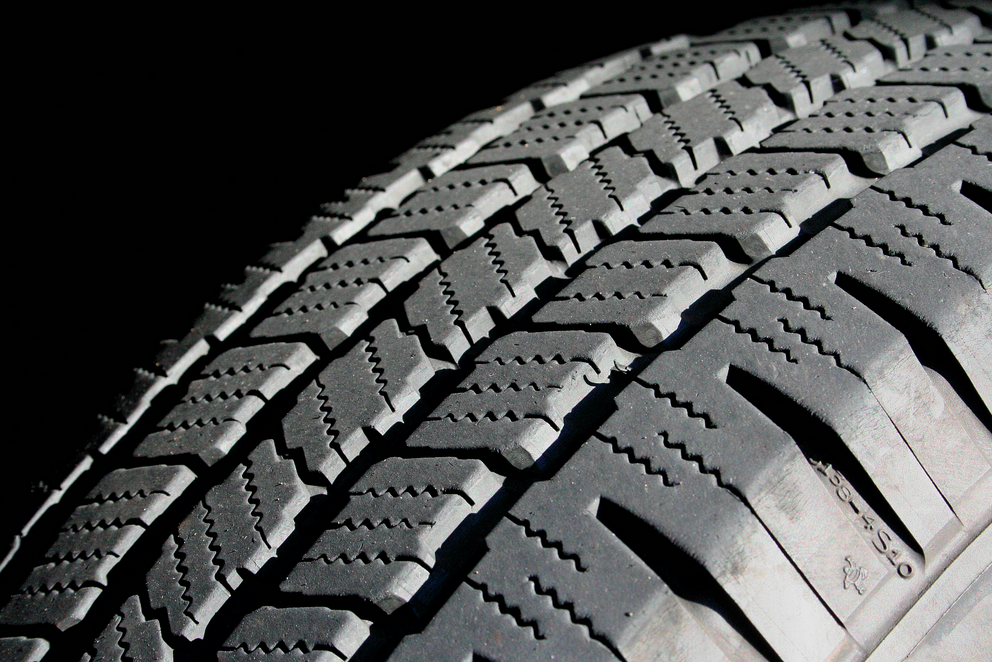
Tires are one of the most technologically sophisticated systems on any automobile. They are a primary factor in the overall comfort and performance of your vehicle. Tires -; while they don’t exactly come in all shapes -; certainly come in all sizes and have unique, identifying information embedded on their walls.
The following rundown, supplied by Bridgestone Firestone, should help crack the code on figuring out what all those numbers mean.
For example, if your tire’s size designation reads P185/70R14 87S:
- “P” stands for P-Metric. This is one of the two most commonly used systems to identify passenger tire sizes. The other is European-Metric, commonly called Euro-Metric.
- “185” is the tire’s section width in millimeters. This is the distance from the edge of the sidewall to the edge of the opposite sidewall when the tire is mounted and properly inflated.
- “70” designates aspect ratio. Also called the profile or series, this is the ratio of the tire’s section height to section width. This tells you that this 70 series tire is 70 percent as tall as it is wide.
- “R” refers to radial -; the tire’s type of construction. Radial construction has dominated the American marketplace since the 1970s, when rising gas prices triggered consumer demand for radial tires. These have better fuel efficiency than their predecessors, bias tires, thanks to their low-rolling resistance.
- “14” is the rim diameter in inches. This is simple -; it tells you the tire must be mounted to a 14-inch wheel. But don’t be fooled. Not every 14-inch tire fits every 14-inch rim. The width of the rim is also important.
- “87” is the load index. When referenced with the tire’s specified maximum inflation pressure, such as 35 psi, the load index indicates the maximum weight in pounds the tire is designed to support at that pressure. For example, this tire will carry 1,201 pounds at 35 psi.
- “S” is the speed rating. This is an alphabetical system describing a tire’s capability to travel at established and predetermined speeds -; allowing vehicle owners to compare the performance capabilities of different tires.
For more tire information, visit www.tiresafety.com.



